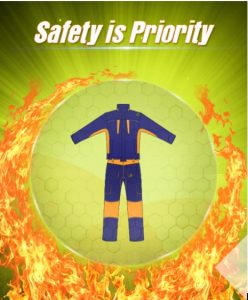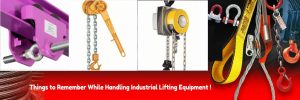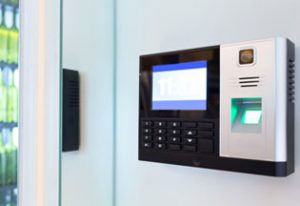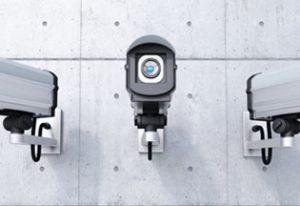The Importance of Personal Safety Equipment in the Workplace
Personal safety equipment is important for both the safety of employees as well as the company. Hard hats, safety gloves, and other devices can make a huge impact on your personal well-being.
But what are some of the most commonly used safety equipment? How exactly does it go about keeping you safe? Read on to learn more about the history of PPE and discover the important role personal protective equipment has played in the workplace.
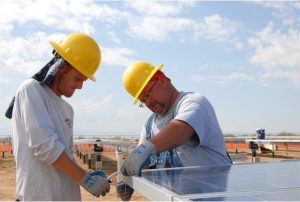
The history of workplace PPE
While the history of personal protective equipment dates back beyond modern times, it wasn’t until 1970 that the US Government passed the Occupational Safety and Health Act. From that day, it put forth a new era where the entire US workforce would become protected from job-related injuries, illness, and even death.
After OSHA became established in 1971, the new agency set forth on a unique mission. To create a thorough program which would meet the legislative intent of the Occupational Safety and Health Act. After creating the program, they then went on to define the appropriate list of PPE for every job description a company could have. Since then, OSHA has continued to make extravagant advances in workplace safety and safety equipment.
Personal protective equipment
Even though laws have passed requiring the use of personal safety equipment, accidents still occur every year. But what are the most commonly used PPE that can keep skilled laborers safe while on the job?
Head protection
Most common on constructions sites, it’s easy to identify day laborers and skilled laborers by the hard hats they wear at work. Design to protect your head from falling objects such as equipment or materials. Protective head wear has protected workers for years from objects that would otherwise impact or penetrate them.
While some hard hats cover only your head, they can become quite intricate. Options are available offering extra protections with face shields, earmuffs, and more. For optimal protection, it’s important to wear head protection that is well-fitted and fits snugly on your head.
Eye and face protection
As important as head protection, laborers should take precautionary measures to keep their eye and face safe too. Products such as full-face shields protect your face from flying debris. Eye protection like safety goggles are necessary for skilled laborers who work with metal, wood, and hot temperatures.
Hand and skin protection
Important in just about every line of skilled labor or day labor, hand and skin protection can literally save the skin on your hands. Typically required by all jobs in the construction industry, it’s important to have adequate PPE such as gloves to avoid skin injury. Use hand and skin protection that help you avoid occupational hazards. Good skin protection would include rubber gloves, cut-resistant gloves, and heat-resistant gloves.
Respiratory protection
If you work on a site where toxic substances are present, it’s important to wear proper respiratory protection. You’ll want to keep vital organs like your lungs in good working order. Remember, just because you can’t see something doesn’t mean it can’t hurt you. PPE like respirators are not only designed to protect you from paint spray and dust, but they can also protect you from other danger. These can include substances such as pesticides, fumes, and other hazardous contaminants.
While those in the workforce may not be able to escape dangerous conditions all the time, you can do your best to protect yourself. Doing so, you’ll be able to take part in the workforce longer, get out alive, and remain healthy.
Author bio:
Ron Robbins is an online marketing specialist at Leadhub based in San Antonio Texas. He actively represents companies such as Dooley Tackaberry who provide quality personal protective equipment for those in the gas and oil industry.
